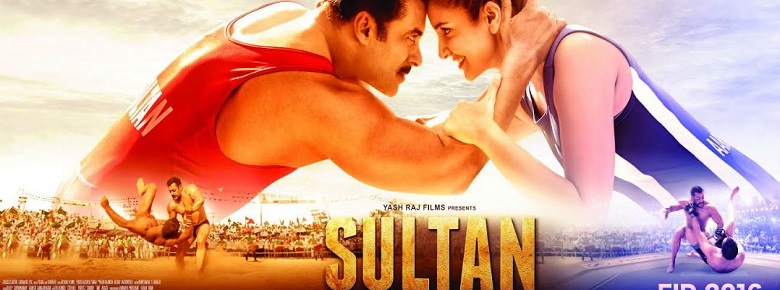
Hindi cinema, often synonymous with Bollywood, has undergone a remarkable transformation over the decades. From the grandeur of classic Bollywood to the innovative narratives of new Hindi movies, the evolution of Bollywood movies new Hindi reflects changing societal values, technological advancements, and shifting audience preferences. This journey from the golden age of Bollywood to the modern era offers a fascinating look at how the industry has adapted and flourished.
The Golden Era: Classic Bollywood
The Birth of Bollywood
The roots of Bollywood can be traced back to the early 20th century, with the release of Raja Harishchandra in 1913, India’s first full-length feature film directed by Dadasaheb Phalke. This marked the beginning of Hindi cinema as we know it, laying the foundation for what would become a flourishing industry.
The 1950s and 1960s: The Golden Age
The 1950s and 1960s are often regarded as the golden age of Bollywood. During this period, the industry produced timeless classics characterized by their melodious music, dramatic storytelling, and larger-than-life performances. Films like Mother India (1957), directed by Mehboob Khan, and Shree 420 (1955), directed by Raj Kapoor, showcased the blend of social realism and melodrama that defined this era.
Iconic Stars and Music
The golden era was marked by the emergence of iconic stars such as Dilip Kumar, Dev Anand, and Raj Kapoor. Their performances, coupled with the soulful music of composers like S.D. Burman and Lata Mangeshkar, became the hallmark of classic Bollywood. This period was also notable for its elaborate song-and-dance sequences, which became a defining feature of Hindi cinema.
The Transition: 1970s to 1990s
The Rise of Masala Films
The 1970s and 1980s saw the rise of the “masala film,” a genre that combined action, romance, drama, and comedy. Directors like Manmohan Desai and Prakash Mehra popularized this format with films like Amar Akbar Anthony (1977) and Deewar (1975). These films often featured larger-than-life heroes and extravagant set pieces, appealing to a broad audience.
Social Realism and Parallel Cinema
In contrast to the masala films, the 1970s and 1980s also witnessed the rise of parallel cinema, which focused on social realism and explored more nuanced and controversial themes. Directors like Satyajit Ray, Shyam Benegal, and Govind Nihalani brought critical acclaim to Indian cinema with films such as Paar (1984) and Ankur (1974). This period marked a significant shift towards storytelling that was both socially relevant and artistically compelling.
The 1990s: The Advent of the Romantic Era
The 1990s ushered in a new wave of Bollywood cinema characterized by its emphasis on romance and family dramas. The era saw the rise of superstars like Shah Rukh Khan and Salman Khan, who became symbols of the new romantic hero. Films such as Dilwale Dulhania Le Jayenge (1995) and Hum (1991) became massive hits, setting new benchmarks for Bollywood cinema.
The Modern Era: 2000s to Present
Diversification and Innovation
The early 2000s marked a period of diversification and innovation in Bollywood. Filmmakers began experimenting with different genres and narrative styles, leading to a more varied cinematic landscape. Movies like Lagaan (2001) and Dil Chahta Hai (2001) broke away from traditional formulas and received critical acclaim both domestically and internationally.
The Rise of Digital Cinema
The advent of digital technology has had a profound impact on Hindi cinema. The shift from film to digital has revolutionized the way movies are made and distributed. With the rise of streaming platforms like Netflix and Amazon Prime Video, audiences now have access to a wide array of Bollywood films at their fingertips. This has also led to the emergence of new genres and experimental films that might not have found a place in traditional theaters.
New Voices and Global Influence
In recent years, Bollywood has seen a surge in fresh voices and perspectives. Young filmmakers and actors are bringing new energy to the industry, tackling contemporary issues and experimenting with unconventional narratives. Films like Gully Boy (2019) and Article 15 (2019) reflect a growing interest in addressing social issues and exploring diverse stories. Additionally, Bollywood’s global influence has expanded, with Indian films finding audiences around the world and collaborating with international talents.
Conclusion
The evolution of Bollywood film online from its classic roots to the dynamic new releases of today is a testament to the industry’s resilience and creativity. From the melodious songs of the golden era to the innovative storytelling of modern Bollywood, the journey reflects broader societal changes and the ever-evolving tastes of audiences. As Bollywood continues to adapt and grow, it will undoubtedly keep captivating viewers with its rich stories and vibrant performances, proving that Hindi cinema is as diverse and evolving as the culture it represents.


